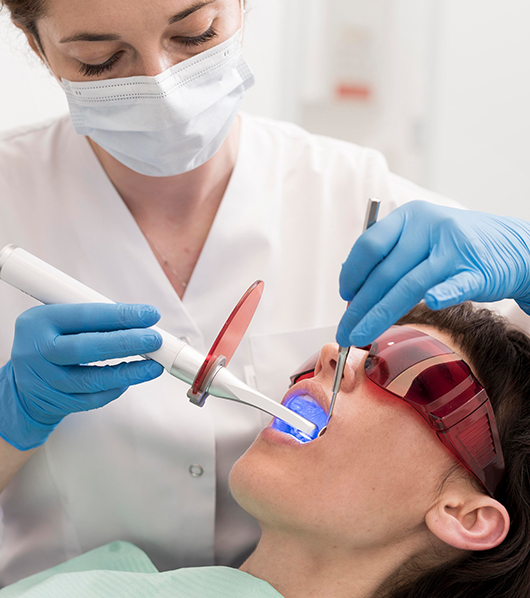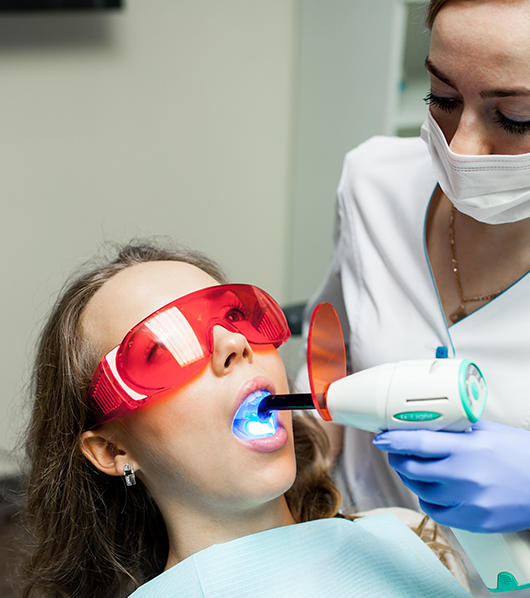
Laser dentistry is a minimally invasive and precise dental treatment technique that uses focused light beams (lasers) to perform various dental procedures. These lasers can be used for both soft tissue and hard tissue (tooth and bone) applications. For dentists, incorporating laser technology into their practice can offer several benefits, including improved patient comfort, reduced healing times, and enhanced treatment outcomes. Here's some key information about laser dentistry:
Integrating laser dentistry into a dental practice can provide numerous advantages, but it's essential for dentists to familiarize themselves with the equipment and techniques to deliver safe and effective treatments to their patients. Additionally, it's crucial to adhere to the regulations and guidelines related to laser use in dentistry as defined by the local dental governing bodies.
